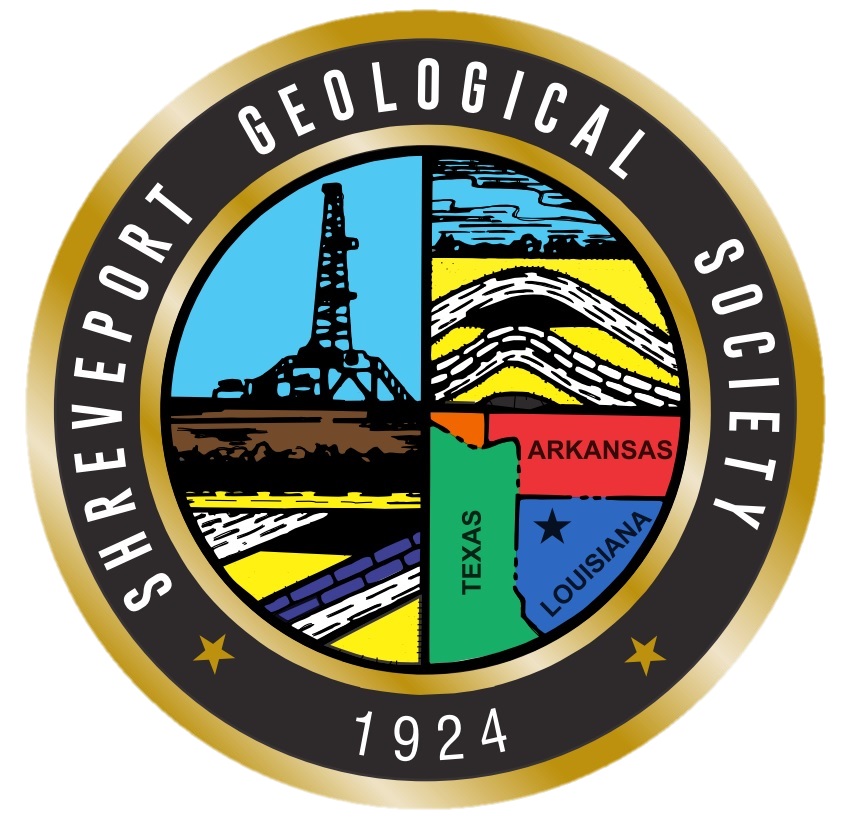The Petroleum Club of Shreveport, 15th floor
Cost: $20, Children 10 and under $8
We encourage members to invite guests, spouses, and friends to any of our meetings.
If you’d like a seat, kindly use the form below to make your reservation by the preceding Friday.
You may also RSVP by email or phone to Scott Comegys at scomegys@obrienenergyco.com or 318-841-2702.
Biography
Suniti Karunatillake
Suniti Karunatillake’s pursuit of the dream to explore planets involved a personal odyssey across Earth, from Sri Lanka to the USA, beginning with a Bachelor’s at Wabash College, Crawfordsville, IN. He completed his PhD (2009) at Cornell University, advised by Steve Squyres. Suniti’s planetary exploration strategy relies on synthesizing data at micro- and macro-scales, by exploiting the synergy across missions, such as 2001 Mars Odyssey, Mars Exploration Rover (MER), and Mars Global Surveyor. He shared two National Recognition for Excellence in Space Research group awards by NASA in the process: one for the Mars Odyssey mission in 2005 and the other for MER in 2008. Subsequent to postdoctoral research with Scott McLennan at Stony Brook University; and an appointment at Rider University, NJ; he currently pursues research as an assistant professor at the department of Geology and Geophysics at Louisiana State University. Highlights of his recent work include revealing the importance of sulfates to storing water in the soil of southern Mars, and the possibility of halogens escaping into the martian atmosphere from soil. Grants from NASA's Mars Data Analysis Program and Louisiana's Space Consortium support upcoming research by the planetary science lab (PSL) that he founded at Geology and Geophysics.
Abstract
Water, in terms of its availability in the shallow crust and role in climate processes, challenges us with many unknowns on Mars. Resolving at least some of these unknowns will aid not only in advancing the question of exobiology, but also in the use of water as an in situ resource for future human missions. In this pursuit, recent in situ observations are complemented by a variety of satellite observations, such as with visible and infrared spectroscopy. This has identified sulfate-bearing strata, from Late-Noachian to Amazonian eons, in turn magnifying the importance sulfates for the composition of martian paleofluids. However, such observations are challenged by sensitivity to only tens of microns depths in the martian surface, as well as sometimes non-unique identification of sulfates. Gamma spectroscopy from the "2001: Mars Odyssey" mission helps fill this void with decimeters deep sensitivity to chemistry at regional scales. By virtue of regional scales, the derived chemical maps generally correspond to martian soil, which tends to dominate areally over rocks.
This is a global map of Mars sulfur concentration (as percentage by mass) derived from the 2001: Mars Odyssey Gamma Ray Spectrometer spectra. Overlay shows qualitatively what types of hydrated sulfates are consistent with the variations seen in sulfur and water across the latitudes. Upright triangles indicate peaks in possible sulfate type abundance while the inverted triangles show less prominent values.
Paid members of the Shreveport Geological Society can read the speaker's full abstract and biography in the newsletter by logging into the Members Area.








































